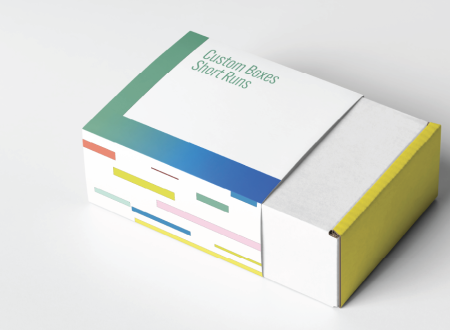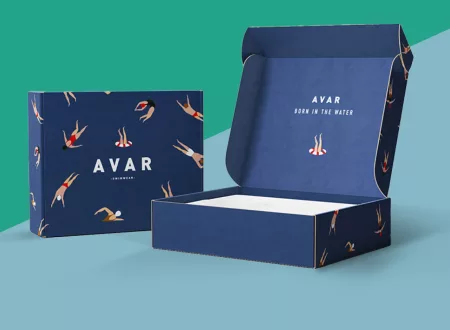Understanding the Difference: Saddle Stitched vs. Perfect Bound Booklets
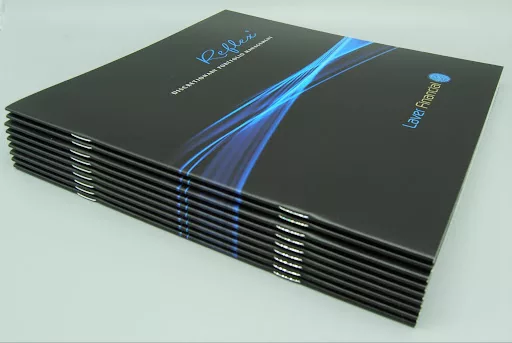
Saddle Stitched Booklets
Saddle stitching is a straightforward yet effective method of booklet binding. It involves folding sheets of paper in half and then stapling them along the fold line, which becomes the spine. This technique is most suited for smaller publications, typically ranging from 8 to 64 pages, depending on the paper thickness.
Perfect Bound Booklets
Perfect binding offers a more refined finish, where the pages and cover are glued together at the spine with a strong, flexible adhesive. This method is favored for thicker publications, such as novels, magazines, and corporate reports, providing a professional appearance with a flat spine that can accommodate title printing.
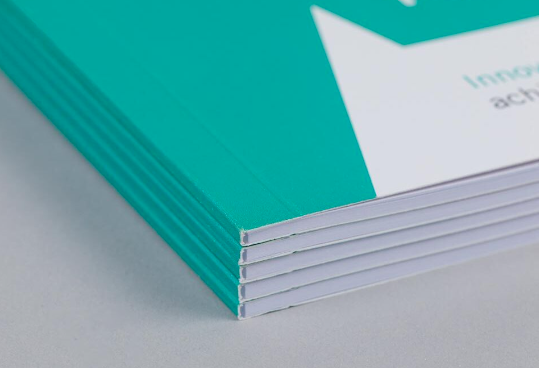

Saddle Stitched vs. Perfect Bound Booklets
In the realm of print media, booklets serve as a versatile medium for everything from marketing materials and catalogs to programs and portfolios. When it comes to binding these booklets, two popular methods stand out: saddle stitching and perfect binding. Each has its unique attributes, catering to different needs and aesthetics. Here, we delve into the nuances of these binding styles, helping you make an informed decision for your next project.
Saddle Stitched Booklets
Saddle stitching is a straightforward yet effective method of booklet binding. It involves folding sheets of paper in half and then stapling them along the fold line, which becomes the spine. This technique is most suited for smaller publications, typically ranging from 8 to 64 pages, depending on the paper thickness.
Pros:
-
- Cost-Effective: Saddle stitching is generally less expensive than perfect binding, making it ideal for projects on a tight budget.
-
- Quick Production: The simplicity of the process allows for faster turnaround times, perfect for tight deadlines.
-
- Lays Flat: Saddle-stitched booklets can lay flat when open, enhancing readability and display.
-
- Lightweight: The absence of a thick spine makes these booklets lighter and easier to handle or mail.
-
- Versatility: Suitable for a wide range of projects, from brochures to small catalogs.
Cons:
-
- Page Limitations: The binding can only accommodate a limited number of pages, restricting content volume.
-
- Not Suitable for Thick Materials: Thicker paper stocks can lead to bulging and an uneven spine.
-
- Durability Issues: The staples may corrode over time, and the booklet might not withstand heavy use.
-
- Spine Printing Not Possible: There’s no spine to print on, limiting branding and titling opportunities on the booklet’s edge.
-
- Page Creep: In larger booklets, inner pages may extend slightly beyond outer pages when trimmed, affecting alignment.
Perfect Bound Booklets
Perfect binding offers a more refined finish, where the pages and cover are glued together at the spine with a strong, flexible adhesive. This method is favored for thicker publications, such as novels, magazines, and corporate reports, providing a professional appearance with a flat spine that can accommodate title printing.
Pros:
-
- Professional Finish: Perfect binding gives booklets a sleek, high-quality look, enhancing perceived value.
-
- Higher Page Capacity: This method can bind a larger number of pages, suitable for more extensive documents.
-
- Spine Printing: The spine can be printed on, allowing for easy identification and a more polished presentation on bookshelves.
-
- Durability: The use of adhesive makes the binding more robust and durable, ideal for materials meant to last.
-
- Versatility in Paper Type: Perfect binding can accommodate a wider range of paper types and weights.
Cons:
-
- Cost: Perfect binding is typically more expensive than saddle stitching, reflecting its premium finish.
-
- Longer Production Time: The process is more complex, often resulting in longer lead times.
-
- Doesn’t Lay Flat: Perfect bound booklets tend not to stay open as easily, which might be a consideration for manuals or cookbooks.
-
- Minimum Thickness Required: There needs to be enough pages to form a spine, excluding very thin publications.
-
- Potential for Page Loss: If the glue fails, pages might come loose, especially with heavy use or poor quality binding.
Conclusion
Choosing between saddle stitched and perfect bound booklets boils down to understanding the nature of your project, your budget, and your aesthetic preferences. Saddle stitching offers a cost-effective, quick solution for thinner publications, while perfect binding provides a more durable and professional finish for thicker volumes. By considering the pros and cons of each binding method, you can select the best option to showcase your content effectively and leave a lasting impression on your audience.
Choose Idea Makers for Your Booklet Printing Needs
Ready to bring your booklet project to life? At Idea Makers, we specialize in creating high-quality, professionally bound booklets that elevate your content. Whether you’re leaning towards the cost-effective charm of saddle stitched booklets or the polished elegance of perfect bound volumes, our team is here to help you make the right choice. With our state-of-the-art printing technology and expert guidance, we ensure your booklets stand out. Don’t settle for anything less than perfection. Contact Idea Makers today and take the first step towards transforming your vision into reality. Let’s create something memorable together.



